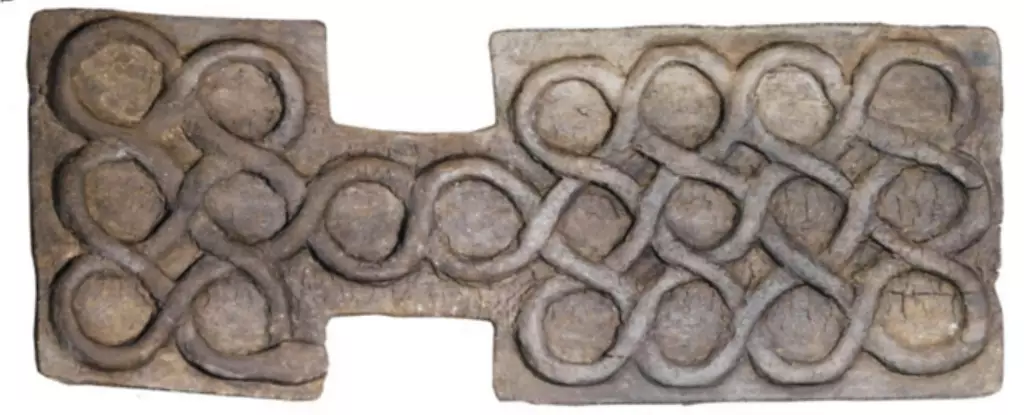In today’s fast-paced world, where digital games dominate family gatherings and friends’ get-togethers, there is something uniquely appealing about returning to the roots of human leisure activities. One such rare gem is an ancient board game unearthed from Shahr-i Sokhta, an archaeological site in southeastern Iran, which offers a window into the past and a chance to understand how people engaged in playful competition nearly 4,500 years ago. This finding not only preserves an ancient tradition but also provides insights into the social dynamics of its time—demonstrating that the joy of games is indeed timeless.
The discovery of the board game occurred in 1977 when archaeologists excavated a grave that housed what appears to be a complete gaming set. This set included a board, 27 game pieces, four uniquely shaped dice, and circular spaces for placement, all dating back to around 2600-2400 BCE. Though the nature of the game is similar to the Royal Game of Ur, the unique elements present in this particular find provide scholars with an opportunity to recover and reconstruct rules of play that once governed it. This endeavor, however, is complex due to the dearth of written records from the period.
In a commendable interdisciplinary effort, computer scientist Sam Jelveh and archaeologist Hossein Moradi have attempted to deduce the possible rules of this ancient pastime through careful analysis of the artifacts and modeling techniques. They utilized a comparative approach, examining similar games from the same era to formulate rules that could fit the known elements of the Shahr-i Sokhta board.
Through their research, Jelveh and Moradi have suggested that the game likely consisted of two player sets of ten “runner” pieces, star-shaped pieces functioning as “safe houses,” and cone-shaped pieces designed as “blockers.” An intriguing aspect of gameplay is the board’s design, which is structured like a winding snake. This layout includes sections that guide the players’ progress: a main playing area, a bridge for tactical advancement, and areas marking the head and tail of the snaking route.
The players, it’s reasoned, would have engaged in a race to maneuver their pieces across this elaborate board, rolling the provided circular dice to dictate movement—a feature that resonates with contemporary gaming mechanics. By testing these constructed rules against modern players, the researchers found that their rules not only felt intuitive but also stood out in terms of replayability and creative dynamics.
The implications of this research are profound. Jelveh and Moradi’s findings not only breathe life into a long-lost tradition but also challenge modern perceptions of historical board games. They claim their proposed gameplay can help alter the narrative surrounding the role of such games in the Near East, illuminating the social and cultural importance of recreation in ancient societies.
Shahr-i Sokhta, once a thriving city at its peak, challenges us to reconsider how cultural activity, such as gaming, played a crucial role in community building and interpersonal relations. This city serves as a microcosm of a broader pattern observed across ancient civilizations, where more than a hundred distinct games have been identified in the region, pointing to an enduring fascination with board games as a form of entertainment.
As we reflect on this intriguing discovery, it offers not just a historical curiosity but a chance to engage with our ancestors’ way of life. The enduring popularity of board games from Shahr-i Sokhta enriches our understanding of human interaction and play, offering lessons that resonate even today. Rediscovering this game encourages us to gather around tables, roll dice, and appreciate the past—reminding us that while the medium of our games may change, the fundamental joys of play remain as relevant as ever.


Leave a Reply